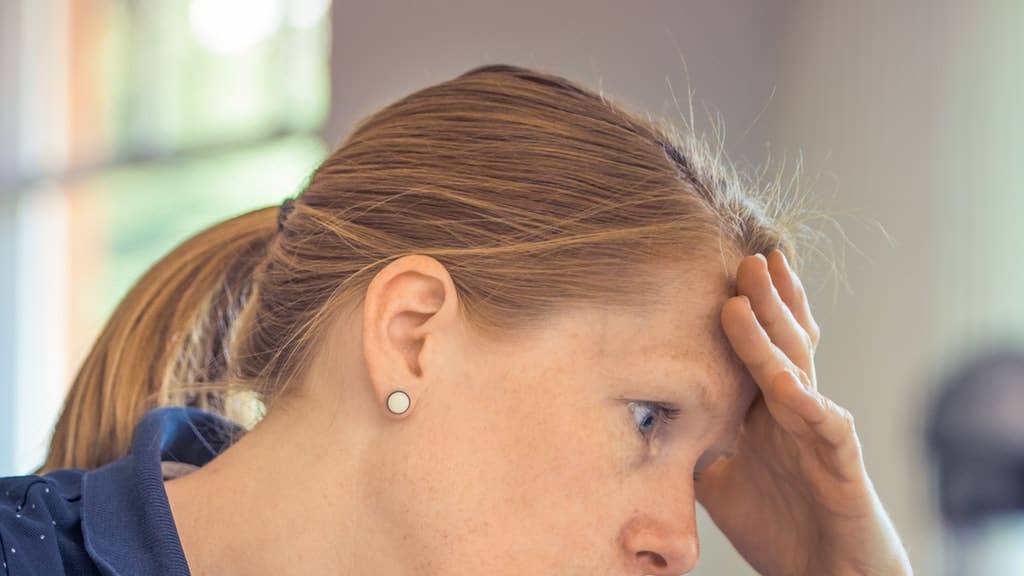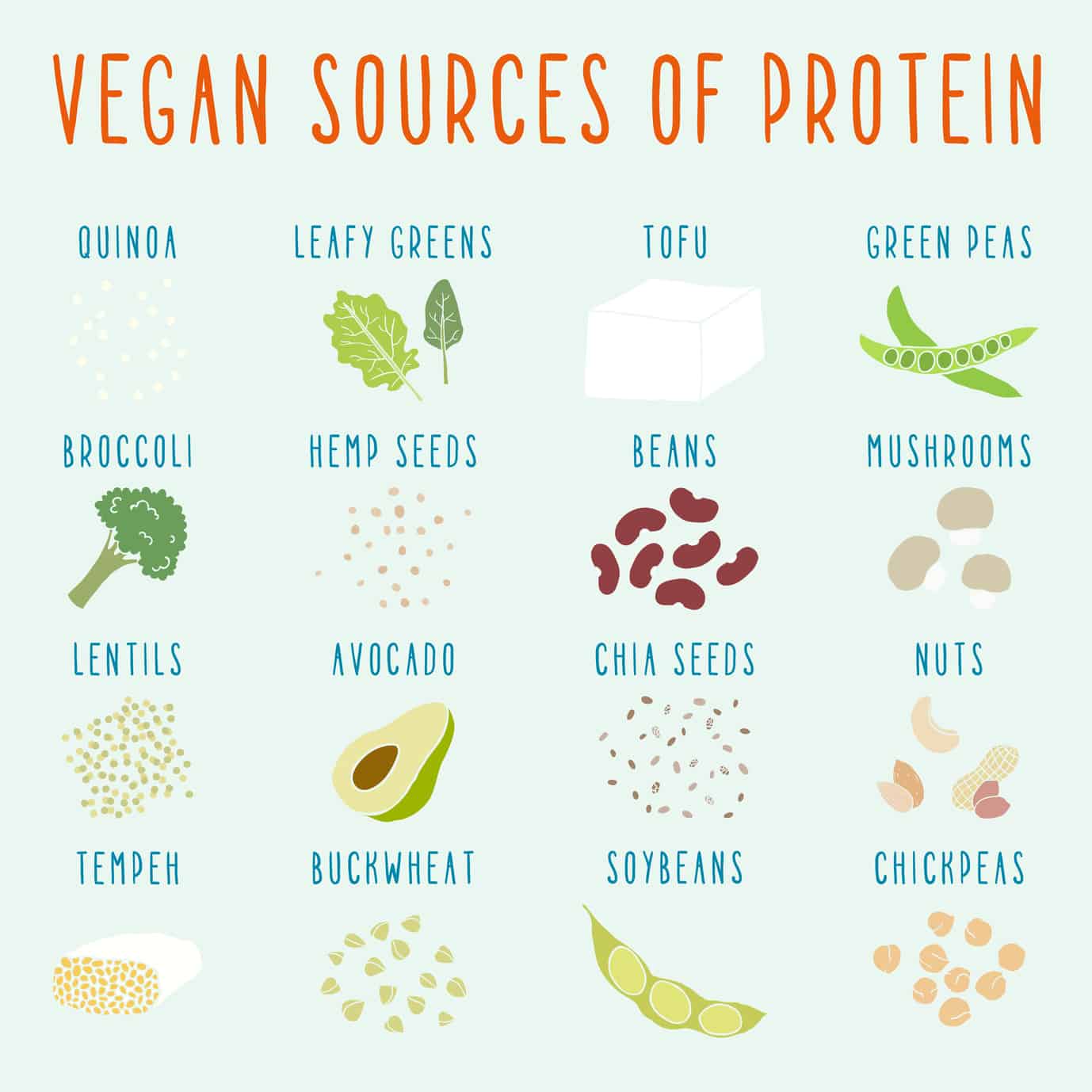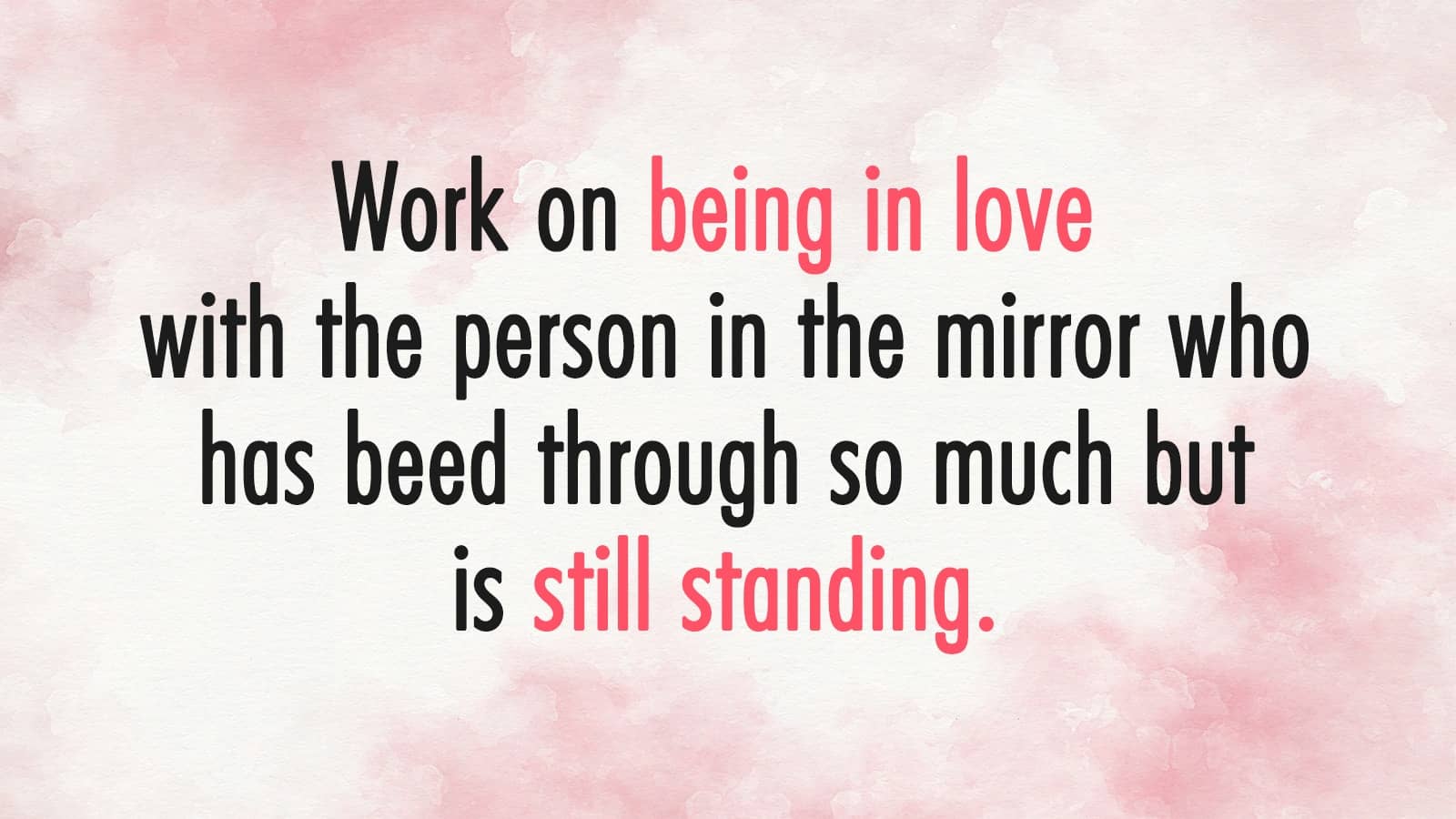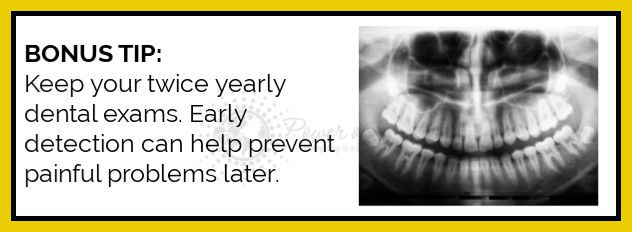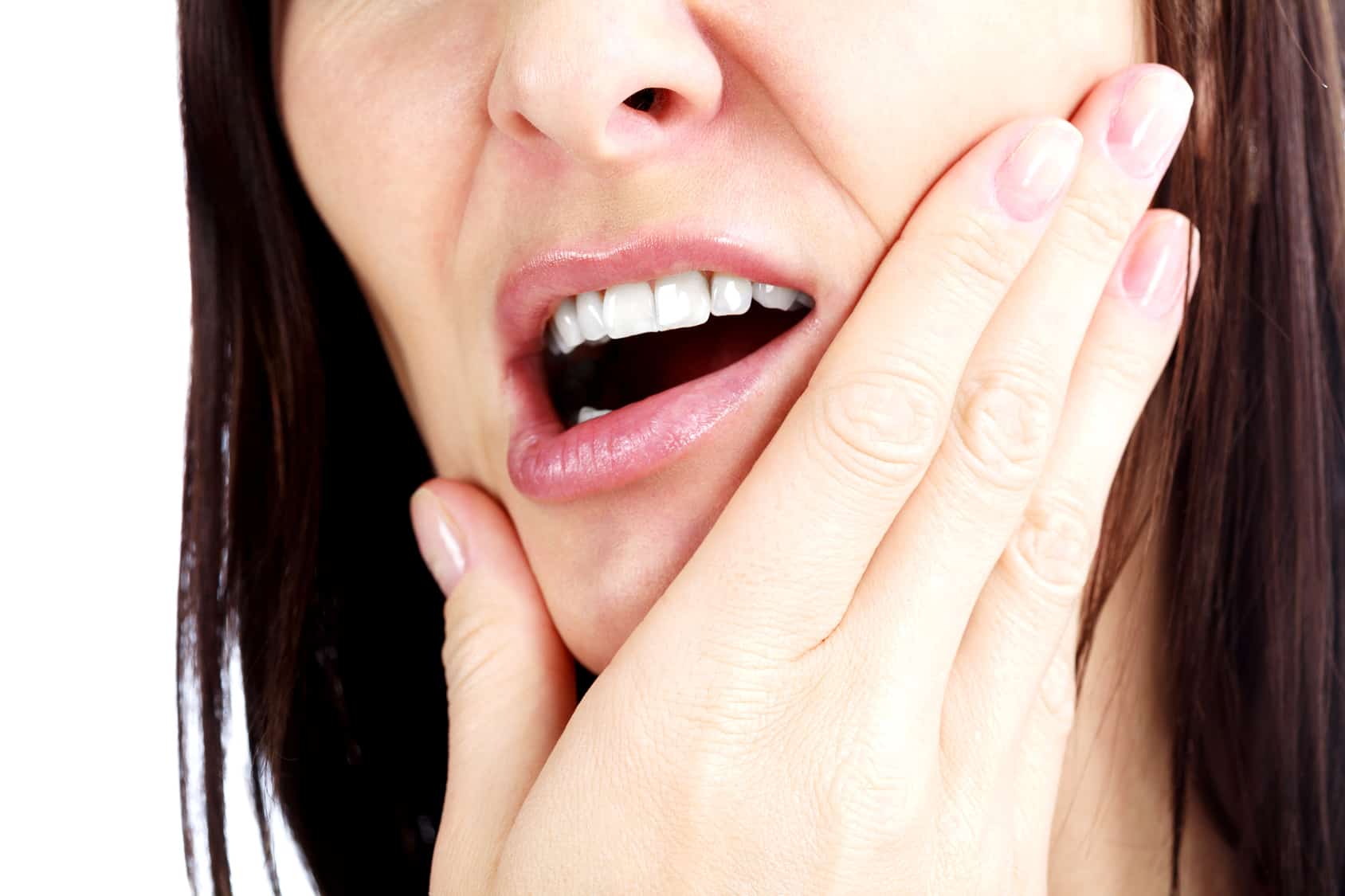Seasonal affective disorder (SAD), otherwise known as seasonal depression, usually affects people during the winter season. People with seasonal affective disorder have similar symptoms as people with other subsets of depression. The difference is that people with seasonal depression often feel better once the weather gets warmer. Although some people do suffer from this disorder in the summer, this is not nearly as common as SAD in the cold season.
Seasonal depression is a lot more than just sadness. It’s a very intense feeling of hopelessness and helplessness that can impact every aspect of a person’s life. According to the American Psychiatric Association, around 4-6 percent of adults in the U.S. experience SAD. What is more, they can experience symptoms for almost half the year. Women tend to develop this form of depression more often than men.
What Causes Seasonal Depression?
Like other forms of depression, seasonal depression occurs due to a chemical imbalance in the brain. Seasonal affective disorder develops due to a decrease in sunlight. Fewer daytime hours in the winter can throw off the body’s circadian rhythm, which can result in depression. People who live farther away from the equator, such as in Norway or Alaska, experience SAD more often. People typically start noticing symptoms between the ages of 18 and 30.
Diagnosis
To meet the diagnostic criteria for seasonal affective disorder, a person must have major, seasonal depression for at least two years. The patient will suffer from seasonal depression more than non-seasonal depression, according to the National Institute of Mental Health, if they have SAD.
As the weather starts getting colder across the U.S. and other parts of the world, you might find yourself feeling depressed more often. Below, we’ll go over signs of SAD as well as some useful tips for combating seasonal depression so that you can feel more vibrant during the winter months.
Signs of Seasonal Depression
-
Frequent feelings of sadness
Due to a decrease in sunlight, people with SAD start feeling depressed during the winter. People with a family history of other types of depression have a higher risk of developing SAD, as well as those already diagnosed with depression or bipolar disorder.
-
Appetite and cravings for carbohydrates increase
People with SAD tend to get hungrier during the winter due to a drop in serotonin levels, which helps to boost mood and control hunger. Around 65% of people with SAD report feeling hungrier during the winter months.
Many people with SAD also get intense cravings for carbs, which help boost serotonin and tryptophan levels in the brain. Eating too many carbs, however, can lead to weight gain during the winter months when people typically don’t expend as much energy. Unfortunately, around 75% of people with SAD experience weight gain.
-
Increase in sleep
People with seasonal affective disorder tend to sleep more during the winter. In fact, in one survey of people with SAD, 80% of patients reported sleeping more during the colder months. In another study of patients with SAD, the participants’ sleep was monitored at a sleep clinic. They averaged around 10 hours of sleep.
-
Fatigue
People with SAD usually feel exhausted, even after a long sleep. Sleeping longer hours doesn’t always mean sleeping more soundly. Many people with seasonal depression suffer from sleep problems due to a chemical imbalance in their brains. Scientists have found that people with SAD overproduce melatonin, which helps keep sleep cycles regular. They also don’t produce enough serotonin, which helps to control moods.
-
Frequent thoughts of death or suicide
People with both regular depression and seasonal depression can experience suicidal thoughts. If you are experiencing frequent thoughts of suicide, please seek professional help. You can also call the National Suicide Prevention Lifeline at 800-273-TALK (8255) for immediate assistance.
Conventional Treatment for Seasonal Depression
SAD usually involves a combination of treatments such as light therapy, talk therapy, and/or medication. We’ll go over these treatment options in more detail below.
- Light therapy involves sitting in front of a light box that emits at least 10,000 lux of white fluorescent light at least 20 minutes per day. They filter out harmful UV rays and produce light that is 20 times stronger than normal fluorescent lighting. Using light therapy in the early morning hours, when the sun rises, will help regulate brain chemicals and get your body on a better sleep schedule.
- Cognitive-behavioral therapy is the most common type of talk therapy for SAD. It’s adapted to patients with seasonal depression and includes something called behavioral activation, which helps patients identify enjoyable activities to get them through the winter.
- Selective Serotonin Reuptake Inhibitors (SSRIs) are the most common type of antidepressants used to treat seasonal depression. The FDA has also approved the use of bupropion, another type of antidepressant, to treat SAD.
As we said above, most people suffer from wintertime SAD, but for the few people who do get summertime SAD, here are some signs and treatment options for you.
Signs of Summertime SAD
- agitation
- difficulty sleeping
- increased restlessness
- lack of appetite
- weight loss
Wintertime SAD is caused by a drop in temperatures and shorter days, whereas summertime SAD is believed to be caused by longer days and more sunlight, heat, and humidity. People living in countries closer to the equator are most at risk of developing this condition. There’s less research out there about summertime SAD, but it’s believed to be caused by a drop in melatonin production.
Like wintertime SAD, antidepressants and talk therapy have been shown to be effective, but for those with summer SAD, it’s important to turn off lights as much as possible and go into places with A/C often.
Now that we’ve talked about typical treatment options, we’ll go into some other natural treatments that can help ease symptoms of summertime or wintertime SAD.
Natural Remedies for Seasonal Depression
1. Laugh!
As they say, laughter is the best medicine. A study from the Maryland School of Medicine found that laughter is linked to healthy functioning of blood vessels and wards off mental stress. Laughing produces feel-good chemicals in the body as well, such as dopamine, that will help keep depression at bay. Whether you watch funny YouTube videos or spend time with friends and family, make sure to bring laughter into your day as much as possible.
2. Spend time in nature.
Even though it might be a bit chilly outside, getting a little bit of sun will help boost your mood. If you have a nature trail near your house, try walking at least 30 minutes per day. Or, just walk around the neighborhood to get some much-needed sunshine.
3. Eat healthy foods.
While your body might crave comfort foods such as pizza and cake, it’s important to feed your body good, fresh foods to maintain healthy gut bacteria. Our gut health controls more of our mental state than you might think, because the gut houses neurotransmitters that affect our moods. Try eating as many fresh fruits and veggies as possible. If you want something warm, you can roast or boil your veggies.
4. Practice self-care.
Depression can turn us into our own worst enemy. Don’t let that happen. Take care of yourself by planning a spa day, curling up with a good book, or baking your favorite treat. Any of these options can help reverse a bad mood in a heartbeat. Making yourself a priority and treating yourself with kindness will help you build a positive relationship with yourself, which can ease symptoms of depression.
5. Exercise.
If you can’t get outside for a run, pop in a workout video or search workouts online. There are so many free resources to get in a good workout. Utilize them so that you can get those endorphins flowing and feel your depression melting away. Small studies have shown that aerobic exercise under bright light might be just as effective as light therapy in treating wintertime depression.
Final thoughts on Ways to Overcome Seasonal Depression
We hope this article can help you find a treatment option for seasonal affective disorder that works for you. Because SAD can mimic other disorders such as hypothyroidism, mononucleosis, and bipolar disorder, it’s important to get tested by a doctor to rule out these conditions. He or she will ask when you typically feel symptoms. If you get them year-round, you probably don’t have SAD, but you might have another form of depression.
If the natural options listed above still don’t seem to work, then you may need to seek talk therapy or medication in order to treat SAD. Never feel ashamed to get help for a mental disorder. Many others are suffering, too, and you’re not alone in how you feel. Wintertime and summertime depression can severely impact your daily life, so seek treatment if something doesn’t feel right to you. Your mental health comes first, so make sure to take care of yourself and get the help you need before symptoms become aggressive.
https://www.youtube.com/watch?v=lFdcCXmGpy4





